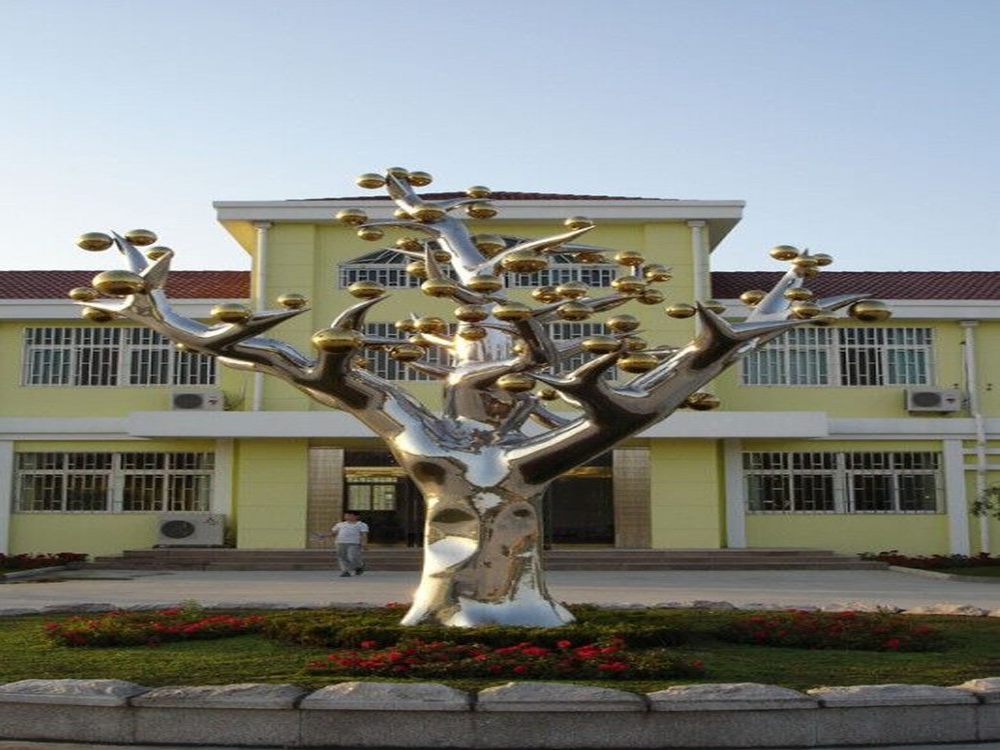
Bronze sculptures, despite their rigid material, often appear to capture fluid motion. Sculptors achieve this effect through a combination of artistic techniques and meticulous craftsmanship.
One key method involves designing dynamic poses that suggest action. By carefully positioning limbs, torsos, and drapery, artists create compositions that imply movement frozen in time. The famous "Dancing Faun" demonstrates this principle perfectly, with its twisted torso and raised leg conveying energetic motion.
Texture plays a crucial role too. Smooth surfaces contrast with rough ones to mimic how light interacts with moving objects. Sculptors might leave tool marks or create graduated textures that guide the eye along imaginary paths of movement.
Another technique is the strategic use of balance and imbalance. Works like Degas' "Little Dancer" appear momentarily paused, with body positions that suggest they might continue moving at any second. This tension between stability and motion tricks the viewer's perception.
Modern sculptors sometimes incorporate actual kinetic elements or optical illusions. Contemporary artists might design pieces with overlapping forms or fragmented shapes that create a sense of motion when viewed from different angles.
The casting process itself contributes to the effect. The lost-wax method allows for incredible detail in musculature and fabric that enhances the sense of movement. Final patinas applied to the bronze can further emphasize motion through strategic coloration and reflective properties.
Through these combined approaches, sculptors transform cold metal into vibrant, seemingly animated artworks that continue to captivate viewers centuries after their creation.

